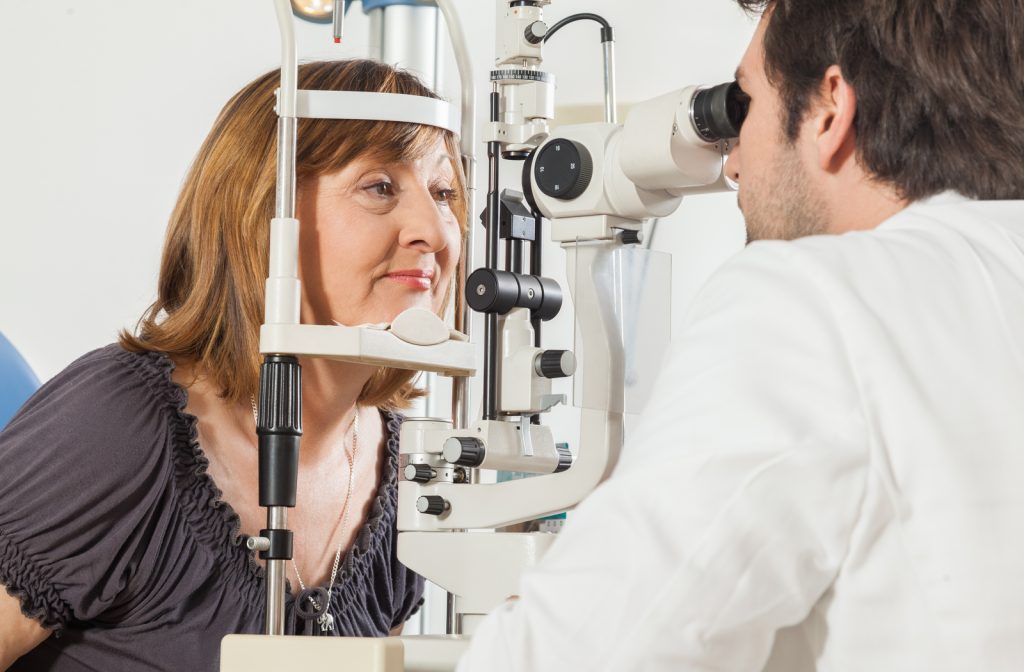The Post Mydriatic Test (PMT) is a critical procedure in the field of ophthalmology, utilized to assess various aspects of visual function following the dilation of the pupils. This test is particularly important for diagnosing and monitoring a range of eye conditions, ensuring optimal eye health. In this blog, we delve into the details of the PMT, its significance, procedure, and what patients can expect during and after the test.
Table of Contents
What is the Post Mydriatic Test?
The PMT is conducted after the administration of mydriatic eye drops, which are used to dilate the pupils. Pupil dilation allows for a comprehensive examination of the retina and other structures at the back of the eye. The PMT typically follows this dilation process and is used to evaluate the patient’s visual acuity and refractive status post-dilation. It is especially useful for detecting refractive errors and ensuring that the prescription for corrective lenses is accurate.
Why is the PMT Important?
- Accurate Diagnosis: The PMT enables ophthalmologists to obtain a precise measurement of refractive errors. This is crucial for prescribing the correct eyeglasses or contact lenses, ensuring that patients achieve optimal vision correction.
- Monitoring Eye Health: Regular PMTs can help monitor changes in a patient’s vision over time, allowing for early detection of conditions such as cataracts, glaucoma, and macular degeneration.
- Comprehensive Eye Examination: Pupil dilation, combined with the PMT, provides a thorough assessment of the retina, optic nerve, and blood vessels. This comprehensive view is essential for identifying potential issues that may not be visible with a non-dilated eye examination.
The PMT Procedure
The Post Mydriatic Test involves several steps:
- Administration of Mydriatic Drops: The process begins with the instillation of mydriatic eye drops. These drops cause the pupils to dilate, a process that typically takes about 15-30 minutes.
- Initial Examination: Once the pupils are fully dilated, the ophthalmologist conducts an initial examination of the internal structures of the eye using specialized equipment such as an ophthalmoscope or a slit lamp.
- Visual Acuity Test: The PMT itself involves a series of visual acuity tests. The patient is asked to read a standardized eye chart to determine the clarity of their vision.
- Refraction Assessment: Using a phoropter or an automated refractor, the ophthalmologist assesses the patient’s refractive error. This step helps determine the correct prescription for eyeglasses or contact lenses.
- Evaluation of Results: The results from the PMT are analyzed, and if necessary, adjustments to the patient’s prescription are made to ensure optimal visual correction.
What to Expect During and After the PMT
During the Test: Patients may experience a slight stinging sensation when the mydriatic drops are administered. It is common for vision to be blurry and for eyes to be more sensitive to light following dilation.
After the Test: The effects of the mydriatic drops can last for several hours. During this time, patients are advised to avoid driving and engaging in activities that require clear vision. Wearing sunglasses can help mitigate discomfort from light sensitivity.
Benefits and Considerations
The PMT is a non-invasive and highly effective procedure for ensuring accurate vision correction and monitoring eye health. However, patients should be aware of a few considerations:
- Temporary Discomfort: Some patients may find the dilation process uncomfortable due to light sensitivity and blurred vision.
- Allergic Reactions: Although rare, some individuals may have an allergic reaction to the mydriatic drops. It is important to inform the ophthalmologist of any known allergies prior to the test.
Conclusion
The Post Mydriatic Test is a vital tool in modern ophthalmology, providing invaluable insights into a patient’s visual health. By understanding the significance and procedure of the PMT, patients can approach their eye examinations with confidence, ensuring they receive the best possible care for their vision. Regular eye check-ups, including the PMT, are essential for maintaining optimal eye health and preventing potential vision problems in the future.
